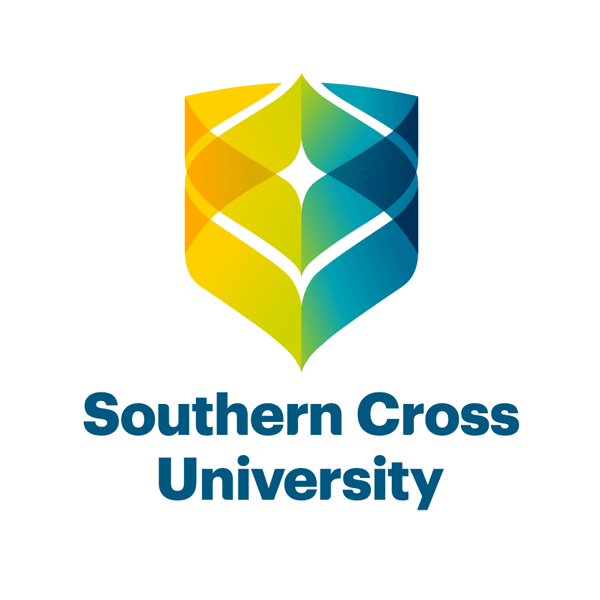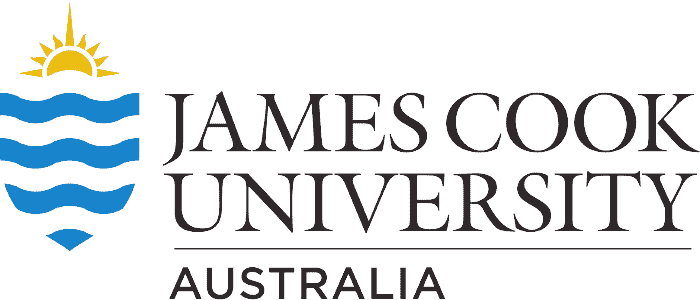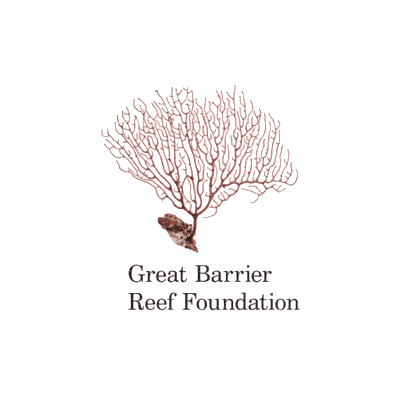Peter's 40 years of research in coral reproduction and larvae has rapidly advanced the potential for large scale reef recovery. The larval restoration technique being undertaken at Moore reef this year follows successful pilots on reefs at Heron and One Tree islands on the southern Great Barrier Reef, and builds on previous successes in restoring decimated reefs in the Philippines using similar techniques.
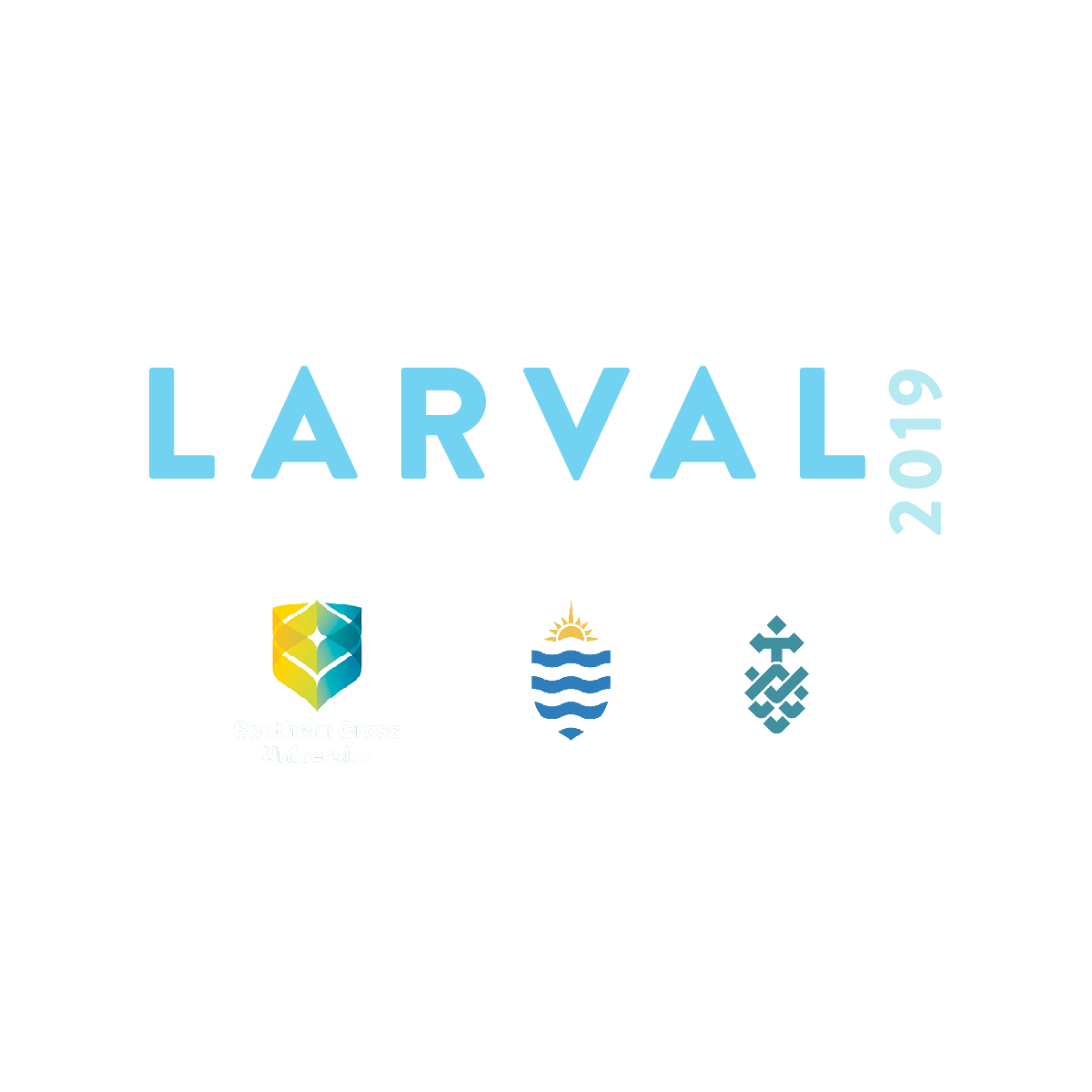
A Reef Reborn
Fast-tracking Reef recovery
With coral reefs across the world under increasing threat from climate change, coral scientists are looking at new ways to regenerate degraded reefs, restore their reproductive capacity and preserve species diversity. Researchers caution that these measures are not intended to ‘save’ the Reef, but rather to buy time while global efforts are undertaken to mitigate the effects of climate change.
Restoration and resilience projects, in conjunction with urgent climate action, are vital to ensure the Great Barrier Reef’s survival into the future.
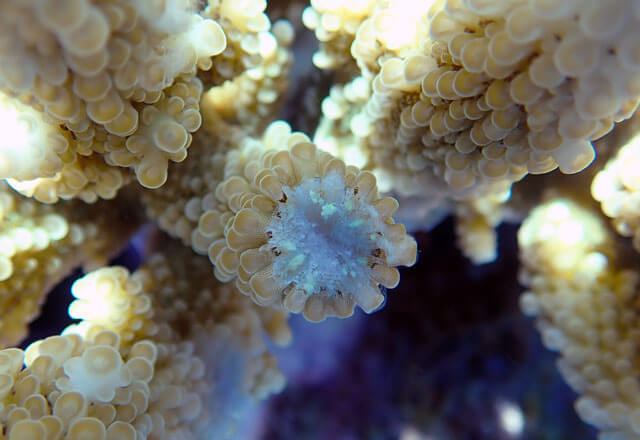
What is Coral Larval Restoration?
Coral larval restoration involves a combination of enhanced techniques, aimed at both repairing the reproductive life cycles of corals and re-establishing breeding populations on damaged reefs by ensuring more naturally-produced larvae survive to adulthood.
The project is timed to coincide with the annual mass coral spawning event – allowing the team to harvest millions of coral eggs and sperm from local 'source' reefs.

Once harvested, these eggs and sperm are combined in enclosures on the reef to produce coral larvae for release onto damaged sections of reef.
Researchers also experiment with specific 'symbiont partners' for the larvae, in an effort to boost the fitness of corals during early establishment, and also increase their longer-term resilience.
The rearing and release of the larvae back onto the Reef occurs over the ensuing weeks, with monitoring of the project continuing for many years.
Coral spawns?
The annual mass coral spawning is one of nature’s greatest events and takes place each year following the November full moon. A successful spawning is not only vital for this project, but also shows that the Reef is resilient and has potential to recover from stress such as the back-to-back mass coral bleaching events of 2016 and 2017.
The corals which have survived these bleaching events are thermally tolerant, so it’s predicted the larvae produced during this project will also grow into thermally tolerant corals, and so better able to survive future bleaching events.
Meet the research partners
Project goals
Building on the team's 2018 efforts at Moore, Vlassof and Arlington Reefs, this year's project has two main objectives:
- Increasing the scale at which coral larvae are delivered back onto the reef to assist recovery
- Trialling enhanced co-culturing techniques in the wild, following successful laboratory testing in 2018
Given the project's successes to date and the sound science that underlies the technique of rearing larvae, in mass, for large scale deployment onto whole reef systems, a realistic goal would see square kilometres being restored in the near future. With the ultimate goal seeing the project scaled globally, to reefs around the world.
Collaboration is key
This project is a collaboration between researchers Peter Harrison (Southern Cross University), Katie Chartrand (James Cook University) and David Suggett (University of Technology Sydney), the Great Barrier Reef Marine Park Authority, as well as other key industry partners.
This partnership relies on key linkages between local tourism and other reef-based industries to be able to restore larger areas of reef than ever before. Aroona Boat Charters and Reef Magic Cruises have donated key vessel and crew support during the mass spawning to assist with rearing and settling the coral larvae safely onto the reef.
The project is funded by the Queensland and Federal Government through the Advance Queensland Small Business Innovation Research (SBIR) initiative.
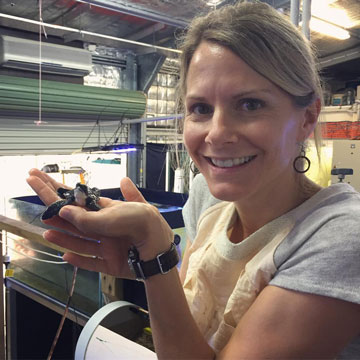
We hope to make direct partnerships between science and other industry partners the norm rather than the exception as these innovations develop … Collaboration is fundamental to a successful outcome
Unite for the reef.
Together, we can ease the pressures that the reef faces - but we need your support to do it. Because it’s only when we’re united as Citizens, that our individual actions can come together to make a real, physical impact on the Great Barrier Reef.


